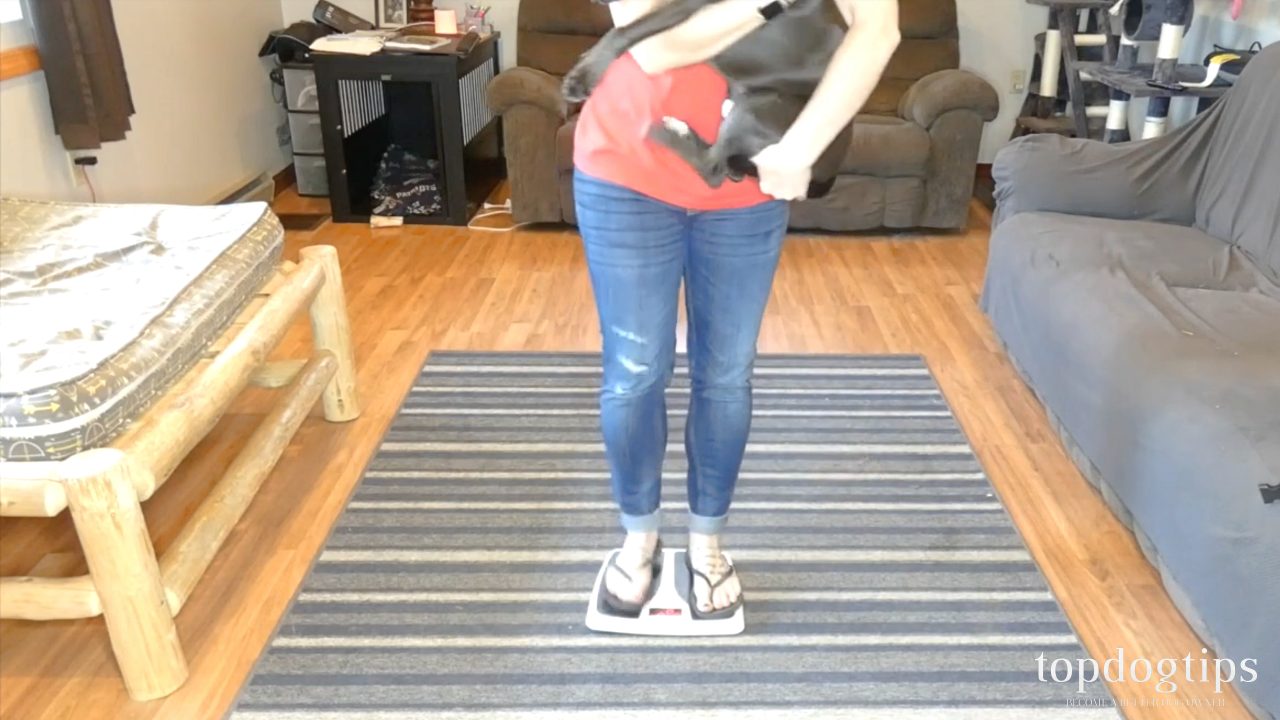Whether you're trying to get your dog to lose weight or gain weight, or you're just curious about how much he actually weighs, you can learn how to weigh your dog at home. Keeping tabs on your pet's weight is one of the best things that you can do for his overall health and well-being.
Usually, a Body Condition Score (BCS) chart is used to establish a dog's ideal weight. The best thing to do is to consult your veterinarian about your dog's weight and what you can do to keep them healthy. The World Small Animal Veterinary Association (WSAVA) has developed two tools that your vet will likely use to help you decide if your dog is at his ideal weight:
What I'm trying to tell you is that it's not just about the number on the scale. The ideal weight of one Labrador, for example, may be 10-15 pounds more than the ideal weight of another Labrador. Your dog's size and body condition, muscle mass, size, and many other factors will play a part in determining his ideal weight.
If you're just curious about your dog's weight or your veterinarian has helped guide you in identifying how much weight your pet needs to gain/lose, you can learn how to weigh your dog at home to keep a close eye on his weight changes.
How To Weigh Your Dog At Home
 Learning how to weigh your dog at home is much easier if you have a small or medium breed. All you'll need is a bathroom scale and some basic math skills. First, weigh yourself. Then, weigh yourself while holding your dog.
Learning how to weigh your dog at home is much easier if you have a small or medium breed. All you'll need is a bathroom scale and some basic math skills. First, weigh yourself. Then, weigh yourself while holding your dog.
 Subtract your weight from the weight of you holding your dog, and you'll know how much your pup weighs. For example, let's say you weigh 150 pounds and 180 pounds while holding your dog. Subtract 150 from 180, and you'll discover that your dog weighs 30 pounds.
Subtract your weight from the weight of you holding your dog, and you'll know how much your pup weighs. For example, let's say you weigh 150 pounds and 180 pounds while holding your dog. Subtract 150 from 180, and you'll discover that your dog weighs 30 pounds.
If your dog is too large for you to carry, you'll need a special scale to weigh him at home. You can find dog scales (like the one on the right) online or possibly at your local pet store.
Learning how to weigh your dog at home will allow you to keep a close eye on Fido's weight. Be sure to check with your vet for guidance on your dog's ideal weight and how much weight he may need to gain or lose. With this DIY method, you can easily perform daily, weekly, or monthly weight checks.
READ NEXT: How To Feed Underweight and Malnourished Dogs












